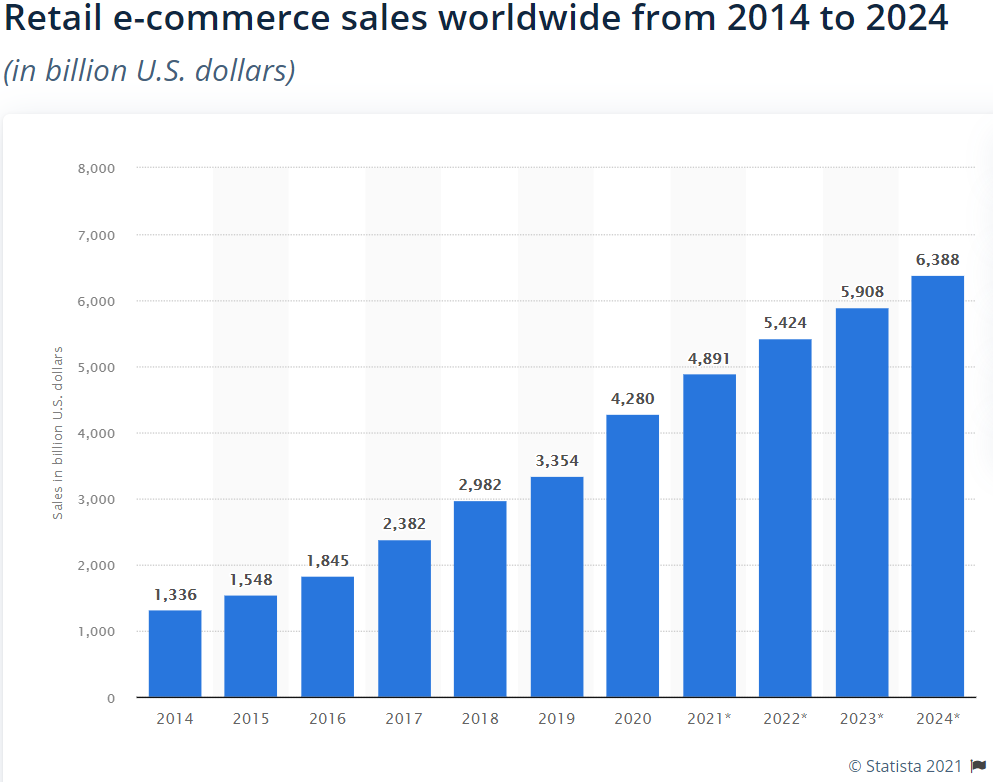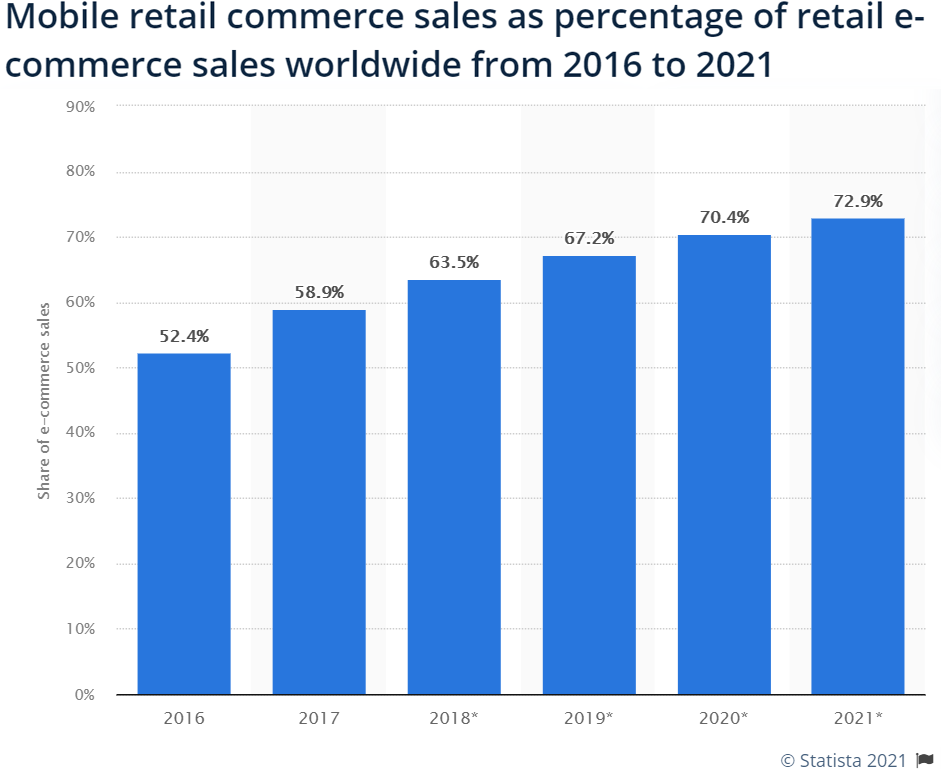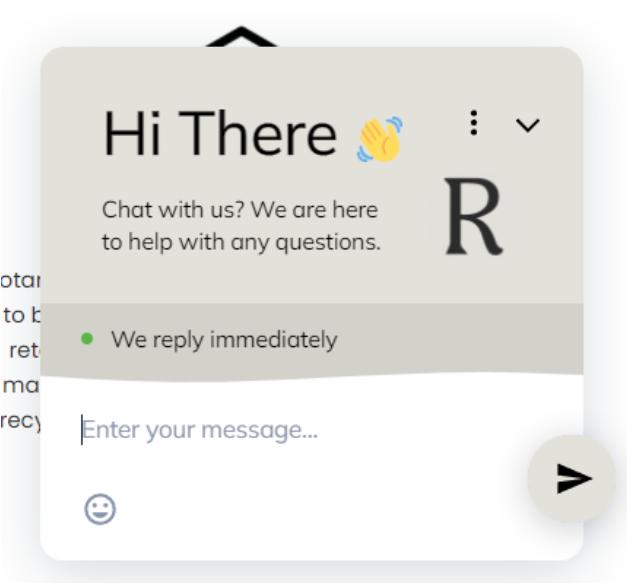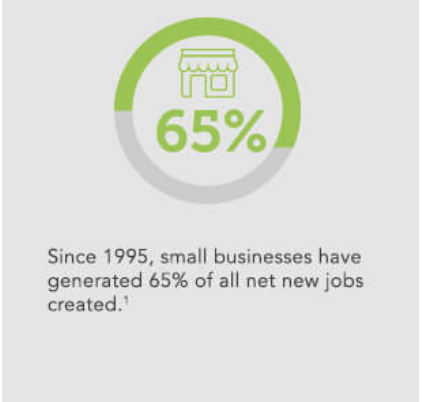Written by
Alister Esam is the CEO and Founder of Process Bliss, a work management software that is reinventing how businesses execute day to day tasks. He is an expert in strategic planning, business process management, and business process optimization. With more than 15 years of experience in helping businesses run at peak efficiency, Alister has dedicated his career to make work easier, and more motivating for managers and employees alike.
























